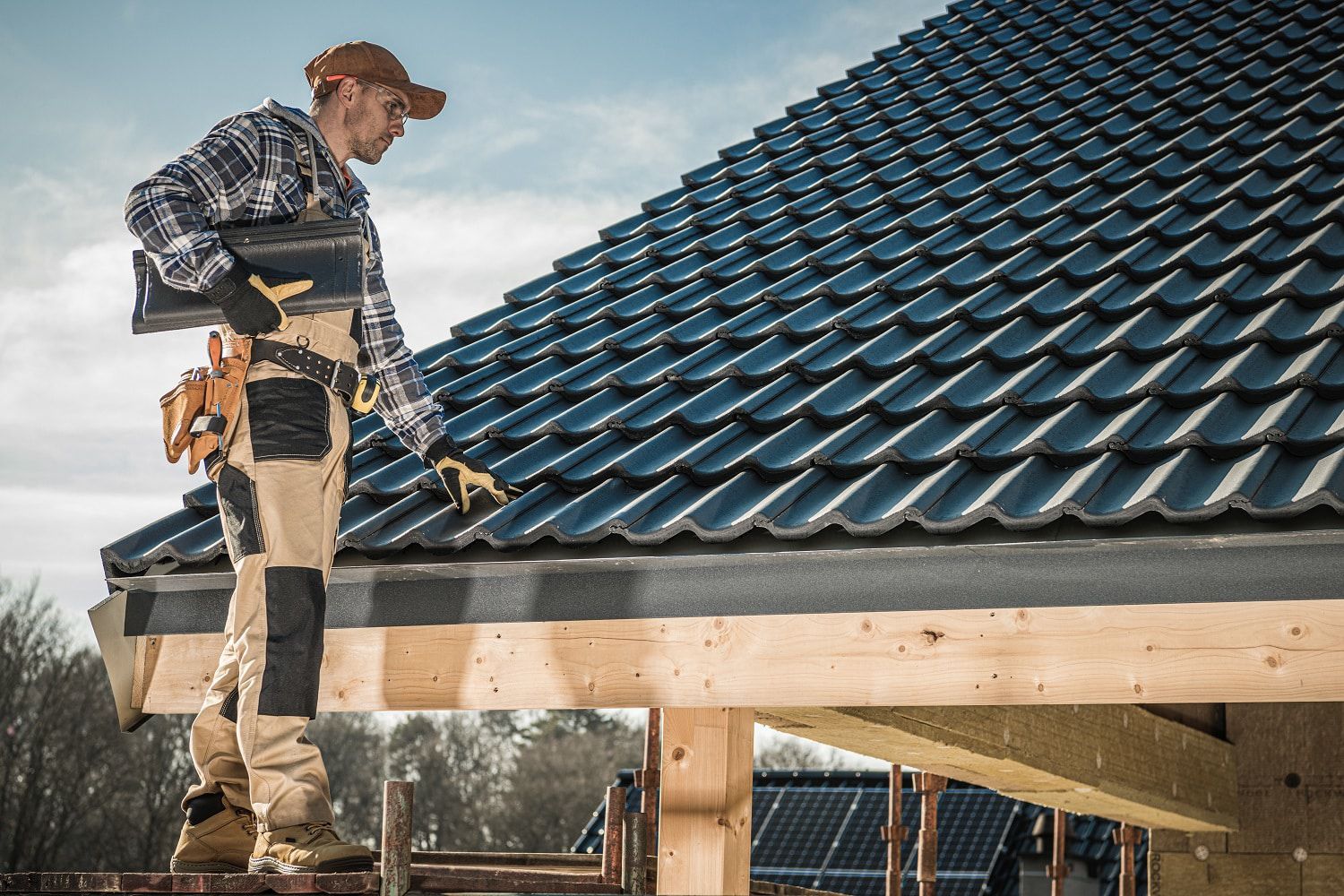Choose a trusted Roofer to ensure sturdy roofing solutions.
Choose a trusted Roofer to ensure sturdy roofing solutions.
Blog Article
Exactly How to Review Different Roof Covering Options for Your Building Demands
Reviewing roofing choices for your building requires an extensive strategy that thinks about numerous factors such as the intended use of the structure, regional climate problems, and material attributes - Perrysburg Roofer. It is crucial to weigh the benefits and drawbacks of various roof covering types, from asphalt tiles to metal and clay tiles, while also factoring in first expenses and long-lasting upkeep.
Analyzing Your Structure's Needs
To efficiently evaluate roof covering choices, start by completely analyzing your structure's needs. Begin by considering the building's intended usage, as various frameworks may demand varying roof covering specs. Domestic roof coverings commonly prioritize aesthetics and insulation, while industrial buildings might concentrate on sturdiness and load-bearing ability.
Next, assess the neighborhood climate problems that will impact roofing efficiency. Variables such as temperature variations, precipitation degrees, and wind patterns can affect material option and style. A roof that succeeds in a temperate climate might not carry out also in areas susceptible to hefty snowfall or severe heat.
Additionally, examine the structural stability of your building. Make certain that the existing framework can sustain the selected roofing materials, specifically if considering heavier alternatives. It is additionally crucial to examine any kind of local building regulations or regulations that may dictate certain demands for roof covering systems.

Comparing Roof Covering Materials
When a thorough assessment of your structure's requirements has actually been completed, the next action involves comparing numerous roof covering products. Each material offers distinctive advantages and negative aspects, making it vital to straighten your choice with your details needs and conditions.
Asphalt roof shingles are widely acknowledged for their cost and ease of installation, making them a prominent choice for domestic buildings. On the various other hand, metal roofing, known for its durability and long life, can stand up to severe weather but may feature a higher preliminary financial investment.
Clay and concrete ceramic tiles offer excellent thermal insulation and aesthetic appeal, specifically for Mediterranean-style architecture, yet they call for an even more durable structural assistance as a result of their weight. Timber drinks offer a natural look and excellent insulation buildings but may require extra upkeep and are vulnerable to fire dangers.
Assessing Price and Spending Plan
Analyzing your roofing choices requires a mindful examination of expense and budget considerations. The overall spending plan for a roof job makes up several aspects, consisting of material costs, labor expenses, upkeep, and possible long-term financial savings. It is necessary to establish a clear spending plan before checking out particular roof covering products, as this will certainly guide the decision-making process and aid you avoid overspending.
Begin by getting quotes from numerous professionals to recognize labor expenses in your region. Make certain that these quotes include all essential solutions, such as removal of the old roof covering, installment, and any added attributes, like insulation or ventilation improvements - Roofing Contractor. Next, examine the cost of numerous roof covering products, considering both preliminary installation costs and anticipated life expectancy

Recognizing Energy Performance
Energy performance plays a crucial duty in the option of roof materials and systems, substantially impacting both energy consumption and overall convenience within a structure. An appropriate roof can improve thermal performance, lowering the need for home heating and cooling down systems, which in turn decreases power costs and reduces ecological impact.
When examining roof options, consider materials that reflect instead of soak up warmth. Light-colored or reflective roof items can considerably lower roof surface area temperature levels, bring about reduced energy use during warm months. Furthermore, appropriate insulation and air flow are necessary to find this maximize the energy effectiveness of the whole roof. Insulation prevents warm transfer, while air flow reduces warmth accumulation in the attic room room.
One more crucial variable is the roof covering system's long life and maintenance demands. Durable products that require much less regular substitute add to long-term power financial savings. The power performance of a roof covering system can likewise be analyzed via its compliance with established sustainability scores such as Power STAR or LEED.
Considering Aesthetic Charm
A roofing's aesthetic allure dramatically influences the overall look of a structure, matching its building style and improving aesthetic appeal. Sylvania Roofing Contractor. When examining roof options, it is important to consider how the selected product, shade, and style will integrate with the existing framework and community. A well-designed roof can boost also the most basic of structures, changing them right into visual prime focus
Various roofing materials offer various visual qualities. For instance, standard tiles might evoke a traditional charm, while metal roofing can present a modern-day, smooth look. Additionally, the color of the roof material plays a critical role; lighter shades can make a building appear more spacious, while darker tones might create a cozier ambiance.
Moreover, architectural aspects, such as dormers and eaves, can boost the roofing system's aesthetic impact. It is recommended to seek advice from specialist developers or engineers to make sure the picked roof choice straightens with the total style intent. Inevitably, a roof covering ought to not just provide functional benefits yet additionally add positively to the structure's visual, reflecting the proprietor's preference and the character of the surrounding atmosphere.
Conclusion

Report this page